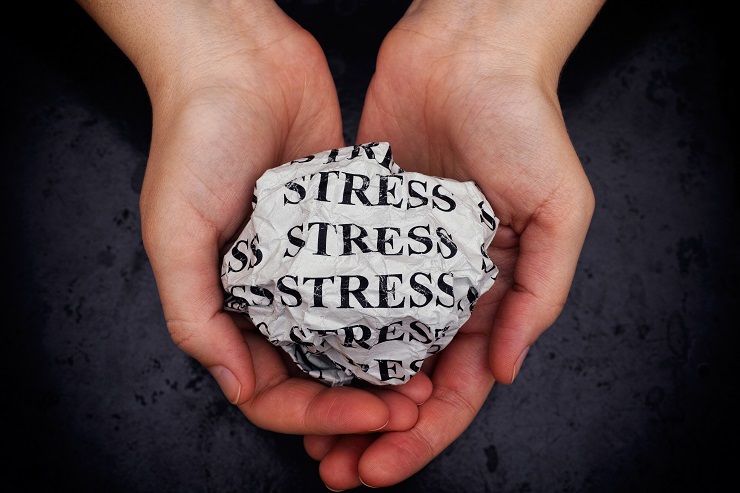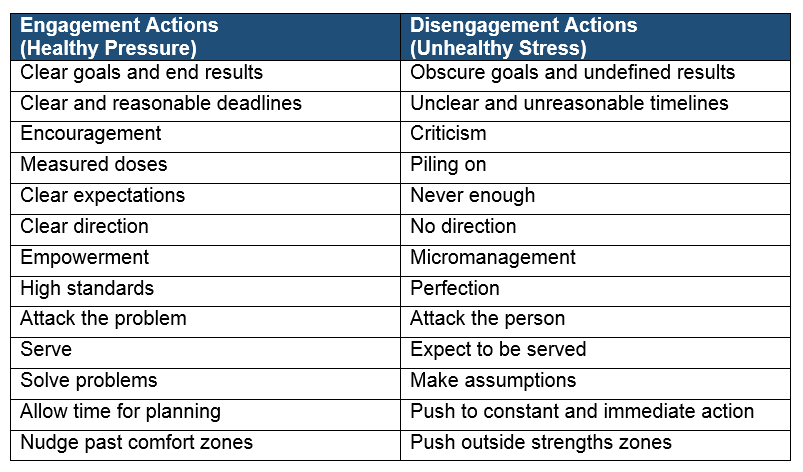
She had an impressive record of service, which included serving a successful term as mayor of a local city. We’ll call her “Mary” for the sake of confidentiality. Mary applied for a position in a corporate legal department. Her experience, credentials, and attitude of service more than qualified her for the position, and the combination of strengths plus strong character carried her through the increasing demands which were placed upon her. Where more responsibilities were added to her plate, these traits and experience led her to go above and beyond the call of duty.
But then one day, she was given an ultimatum: “Be on probation and prove yourself to be worthy of the job…or leave.”
She tried very hard to prove herself – to the point of breaking her health. After surgery, she returned, again trying to measure up to the increasingly unrealistic expectations placed upon her. Her best efforts were met, not with gratitude, but with constant criticism. It began to affect her mindset, as self-confidence gave way to self-doubt.
Finally, the day came that she was terminated.
What happened between the dedicated worker with impressive credentials and the termination is a common thread in the workplace today: the placement of undue stress on the employee.
Now we all know that some pressure is good for us. The pressure of a deadline, for example, pushes us to finish at a certain point. The pressure of meeting certain expectations pushes us to “up our game,” so to speak.
But for several decades now, there has been an increasing pressure brought on by greater and greater expectations. That kind of pressure kills. It kills motivation; it kills morale; and it could physically kill a person, as just about happened in this case.
While in the end, the employee was terminated, the fact is this particular department had that same scenario happen again and again and again. Extremely well qualified employees were vetted and hired. They worked very hard to please the leaders. They failed. They were fired. These were people who had never been fired in their entire careers, people with credible and stellar records.
What happened?
There was a pattern of unhealthy stress instead of healthy pressure.
The result?
An inordinately high employee turnover rate and hundreds of thousands of dollars lost in recruiting, hiring, and training of replacements. And the cycle continues to this day.
The lesson for us as leaders is this: healthy pressure results in engaged and highly productive employees. Unhealthy stress, on the other hand, results in disengagement, lack of productivity, and a high turnover rate.
The good news is, we as leaders get to choose – Engagement or Disengagement – not based on employee actions, but based on our own.

The fact is, healthy pressure comes from good leadership. And unhealthy stress is the result of poor leadership.
If you have employees who are disengaged, check this chart first to see if there are actions you have been taking as a leader to promote the disengagement. It may be that you have a great employee under stress and in need of healthy pressure.
For help in creating a truly engaged team, contact Deb Ingino, CEO of Strength Leader, LLC. Deb is a proven expert in the area of building strengths-based teams that get results.
+ view comments . . .